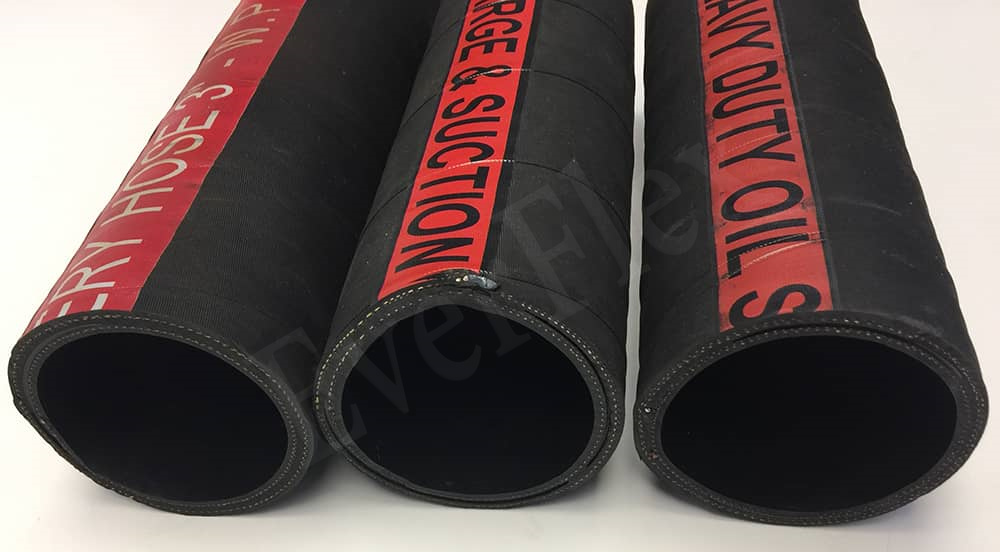Rubber used to transport oily materials is generally called oil pipe. While the hose that resist oil well is oil resistant hose. What we are talking about today is how to select oil-resistant hoses.
“What suits you is the best.” When choosing an rubber oil hose, you can not blindly pursue excellence in function. You must choose a hose that suits your needs. Otherwise, the hose can not be fully utilized and resources may be wasted.
The first thing we need to check is the temperature of the working environment
Each variety and model of oil delivery hose has different temp resistance due to material and additive. Exceeding the upper limit of temp will cause problems such as rapid aging of the hose and loss of plasticizer. Then it will reduce the service life and performance. Therefore, the temp range of the oil pipe should be higher than the max temp during normal operation.
Next, check the pressure resistance of the hose
When the oil tubing deliver mediums, it through pressurized discharge and vacuum suction. And this will put some pressure on the hose. If the pressure is not enough, the pressure of the material during operation will be greater than the upper limit of the hose. Then it will cause more or less damage to the structure of the fuel hose. If things go on like this, the performance of the hose will decrease until it ages and becomes damaged. At the same time, the inner diameter of the hose should also be related to the pressure resistance of the hose to a certain extent. Because materials with the same pressure will have greater pressure when passing through a small inner diameter hose. When passing through a hose with a larger inner diameter, part of the delivery pressure will be reduced.






